Drop-In
Pedestal
Top-Mount
Under Mount
Wall Mount
Ceramic Water Sinks
Stainless Steel Water Sinks
Artificial Stone Water Sinks
Households
Hospitality
Corporate & Government Offices
Educational Institutes
Others
North America Water Sink Market by Product TypeDrop-In
Pedestal
Top-Mount
Under Mount
Wall Mount
North America Water Sink Market by Base MaterialCeramic Water Sinks
Stainless Steel Water Sinks
Artificial Stone Water Sinks
North America Water Sink Market by End-UserHouseholds
Hospitality
Corporate & Government Offices
Educational Institutes
Others
US Water Sink Market by Product TypeDrop-In
Pedestal
Top-Mount
Under Mount
Wall Mount
US Water Sink Market by Base MaterialCeramic Water Sinks
Stainless Steel Water Sinks
Artificial Stone Water Sinks
US Water Sink Market by End-UserHouseholds
Hospitality
Corporate & Government Offices
Educational Institutes
Others
CANADA Water Sink Market by Product TypeDrop-In
Pedestal
Top-Mount
Under Mount
Wall Mount
CANADA Water Sink Market by Base MaterialCeramic Water Sinks
Stainless Steel Water Sinks
Artificial Stone Water Sinks
CANADA Water Sink Market by End-UserHouseholds
Hospitality
Corporate & Government Offices
Educational Institutes
Others
Europe Water Sink Market by Product TypeDrop-In
Pedestal
Top-Mount
Under Mount
Wall Mount
Europe Water Sink Market by Base MaterialCeramic Water Sinks
Stainless Steel Water Sinks
Artificial Stone Water Sinks
Europe Water Sink Market by End-UserHouseholds
Hospitality
Corporate & Government Offices
Educational Institutes
Others
Germany Outlook (USD Billion, 2018-2032)
Germany Water Sink Market by Product TypeDrop-In
Pedestal
Top-Mount
Under Mount
Wall Mount
Germany Water Sink Market by Base MaterialCeramic Water Sinks
Stainless Steel Water Sinks
Artificial Stone Water Sinks
Germany Water Sink Market by End-UserHouseholds
Hospitality
Corporate & Government Offices
Educational Institutes
Others
France Water Sink Market by Product TypeDrop-In
Pedestal
Top-Mount
Under Mount
Wall Mount
France Water Sink Market by Base MaterialCeramic Water Sinks
Stainless Steel Water Sinks
Artificial Stone Water Sinks
France Water Sink Market by End-UserHouseholds
Hospitality
Corporate & Government Offices
Educational Institutes
Others
UK Water Sink Market by Product TypeDrop-In
Pedestal
Top-Mount
Under Mount
Wall Mount
UK Water Sink Market by Base MaterialCeramic Water Sinks
Stainless Steel Water Sinks
Artificial Stone Water Sinks
UK Water Sink Market by End-UserHouseholds
Hospitality
Corporate & Government Offices
Educational Institutes
Others
ITALY Water Sink Market by Product TypeDrop-In
Pedestal
Top-Mount
Under Mount
Wall Mount
ITALY Water Sink Market by Base MaterialCeramic Water Sinks
Stainless Steel Water Sinks
Artificial Stone Water Sinks
ITALY Water Sink Market by End-UserHouseholds
Hospitality
Corporate & Government Offices
Educational Institutes
Others
Spain Water Sink Market by Product TypeDrop-In
Pedestal
Top-Mount
Under Mount
Wall Mount
Spain Water Sink Market by Base MaterialCeramic Water Sinks
Stainless Steel Water Sinks
Artificial Stone Water Sinks
Spain Water Sink Market by End-UserHouseholds
Hospitality
Corporate & Government Offices
Educational Institutes
Others
Rest Of Europe Water Sink Market by Product TypeDrop-In
Pedestal
Top-Mount
Under Mount
Wall Mount
REST OF EUROPE Water Sink Market by Base MaterialCeramic Water Sinks
Stainless Steel Water Sinks
Artificial Stone Water Sinks
REST OF EUROPE Water Sink Market by End-UserHouseholds
Hospitality
Corporate & Government Offices
Educational Institutes
Others
Asia-Pacific Water Sink Market by Product TypeDrop-In
Pedestal
Top-Mount
Under Mount
Wall Mount
Asia-Pacific Water Sink Market by Base MaterialCeramic Water Sinks
Stainless Steel Water Sinks
Artificial Stone Water Sinks
Asia-Pacific Water Sink Market by End-UserHouseholds
Hospitality
Corporate & Government Offices
Educational Institutes
Others
China Water Sink Market by Product TypeDrop-In
Pedestal
Top-Mount
Under Mount
Wall Mount
China Water Sink Market by Base MaterialCeramic Water Sinks
Stainless Steel Water Sinks
Artificial Stone Water Sinks
China Water Sink Market by End-UserHouseholds
Hospitality
Corporate & Government Offices
Educational Institutes
Others
Japan Water Sink Market by Product TypeDrop-In
Pedestal
Top-Mount
Under Mount
Wall Mount
Japan Water Sink Market by Base MaterialCeramic Water Sinks
Stainless Steel Water Sinks
Artificial Stone Water Sinks
Japan Water Sink Market by End-UserHouseholds
Hospitality
Corporate & Government Offices
Educational Institutes
Others
India Water Sink Market by Product TypeDrop-In
Pedestal
Top-Mount
Under Mount
Wall Mount
India Water Sink Market by Base MaterialCeramic Water Sinks
Stainless Steel Water Sinks
Artificial Stone Water Sinks
India Water Sink Market by End-UserHouseholds
Hospitality
Corporate & Government Offices
Educational Institutes
Others
Australia Water Sink Market by Product TypeDrop-In
Pedestal
Top-Mount
Under Mount
Wall Mount
Australia Water Sink Market by Base MaterialCeramic Water Sinks
Stainless Steel Water Sinks
Artificial Stone Water Sinks
Australia Water Sink Market by End-UserHouseholds
Hospitality
Corporate & Government Offices
Educational Institutes
Others
Rest of Asia-Pacific Water Sink Market by Product TypeDrop-In
Pedestal
Top-Mount
Under Mount
Wall Mount
Rest of Asia-Pacific Water Sink Market by Base MaterialCeramic Water Sinks
Stainless Steel Water Sinks
Artificial Stone Water Sinks
Rest of Asia-Pacific Water Sink Market by End-UserHouseholds
Hospitality
Corporate & Government Offices
Educational Institutes
Others
Rest of the World Water Sink Market by Product TypeDrop-In
Pedestal
Top-Mount
Under Mount
Wall Mount
Rest of the World Water Sink Market by Base MaterialCeramic Water Sinks
Stainless Steel Water Sinks
Artificial Stone Water Sinks
Rest of the World Water Sink Market by End-UserHouseholds
Hospitality
Corporate & Government Offices
Educational Institutes
Others
Middle East Water Sink Market by Product TypeDrop-In
Pedestal
Top-Mount
Under Mount
Wall Mount
Middle East Water Sink Market by Base MaterialCeramic Water Sinks
Stainless Steel Water Sinks
Artificial Stone Water Sinks
Middle East Water Sink Market by End-UserHouseholds
Hospitality
Corporate & Government Offices
Educational Institutes
Others
Africa Water Sink Market by Product TypeDrop-In
Pedestal
Top-Mount
Under Mount
Wall Mount
Africa Water Sink Market by Base MaterialCeramic Water Sinks
Stainless Steel Water Sinks
Artificial Stone Water Sinks
Africa Water Sink Market by End-UserHouseholds
Hospitality
Corporate & Government Offices
Educational Institutes
Others
Latin America Water Sink Market by Product TypeDrop-In
Pedestal
Top-Mount
Under Mount
Wall Mount
Latin America Water Sink Market by Base MaterialCeramic Water Sinks
Stainless Steel Water Sinks
Artificial Stone Water Sinks
Latin America Water Sink Market by End-UserHouseholds
Hospitality
Corporate & Government Offices
Educational Institutes
Others

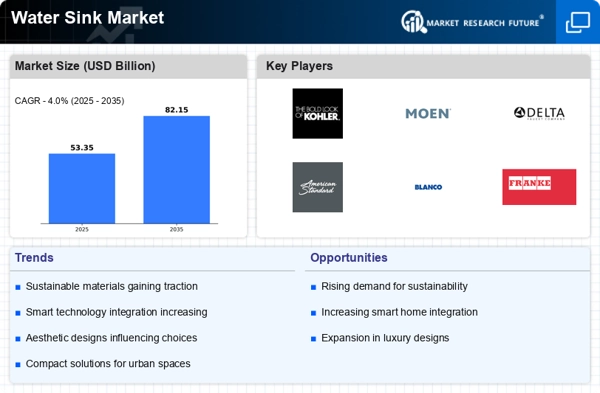
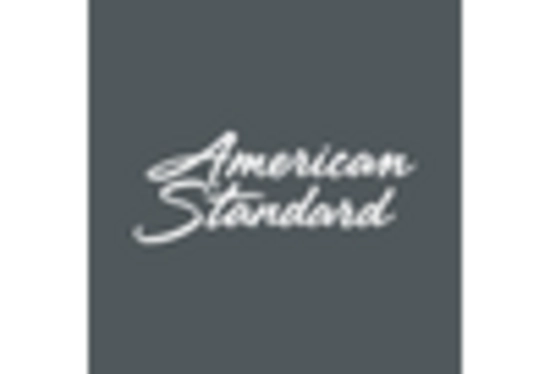
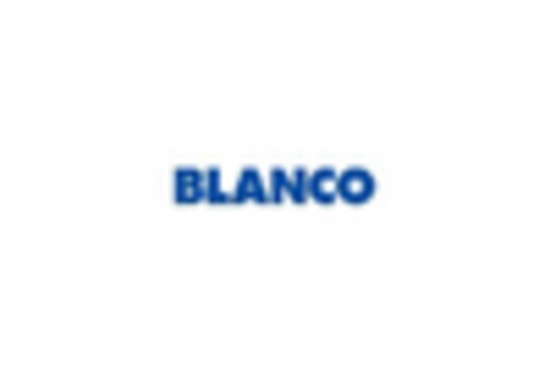
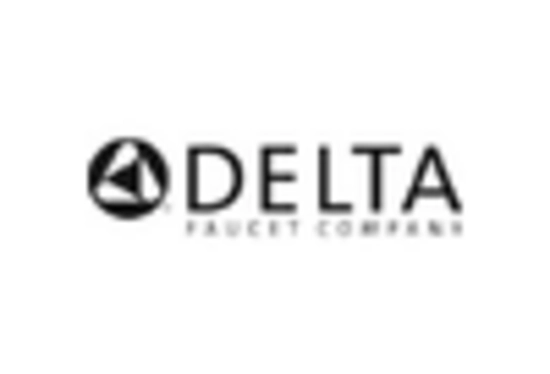
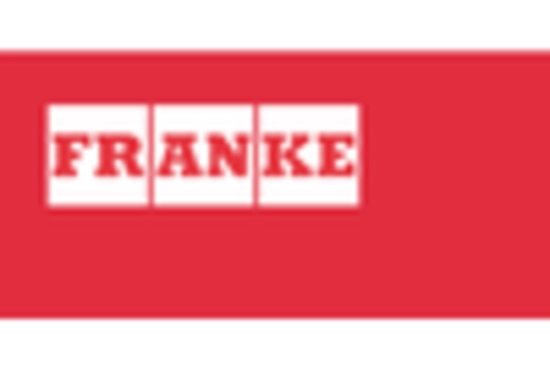
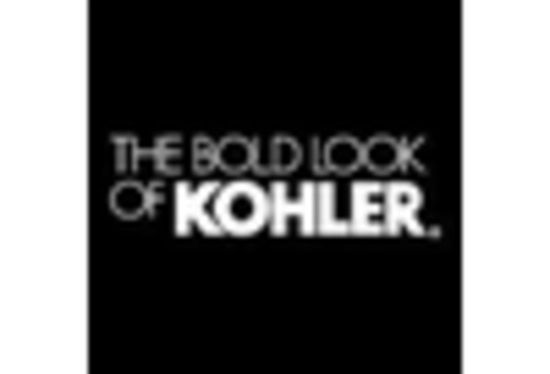
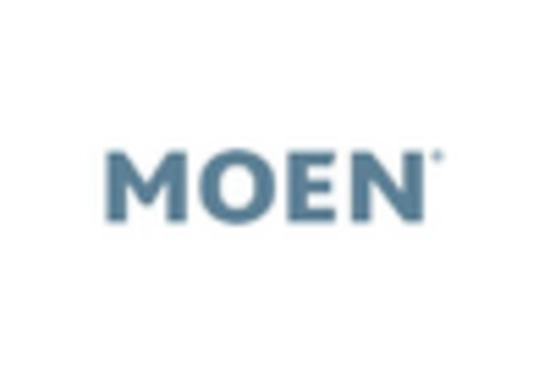

Leave a Comment